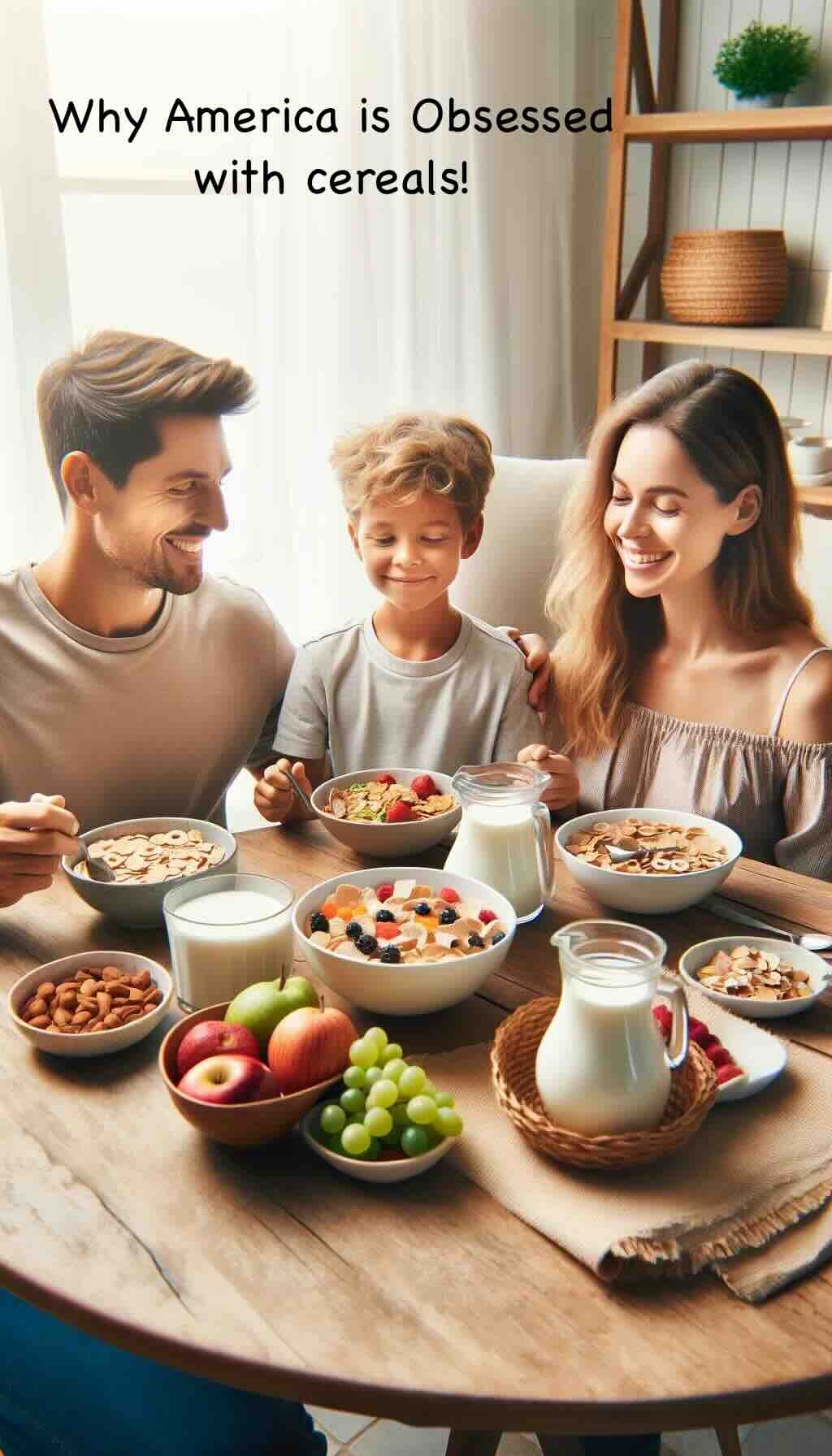
In the ever-evolving landscape of breakfast options, cereal stands as both a steadfast tradition and a canvas for innovation. Once merely a quick fix for the morning rush, today’s cereal aisle reflects broader shifts in nutritional awareness, global tastes, and a yearning for simplicity. This deep dive into the world of breakfast cereals uncovers the layers behind your morning bowl, offering insights into how to make the most of this timeless meal option.
From Humble Beginnings to Nutritional Powerhouse
The story of cereal begins in the sanitariums of the late 19th century, aimed at improving America’s digestive health. Fast forward to the present, and we find a market bursting with options, from the sugar-laden characters of our childhood to the fortified, fiber-rich offerings designed to fuel a health-conscious generation. The journey of cereal mirrors our own societal shifts towards understanding and prioritising nutrition, without sacrificing convenience.
The Sugar Debate and the Rise of “Adult” Cereals
As awareness of dietary sugar’s impact has grown, so too has the demand for cereals that offer more than just a sweet start to the day. Brands have responded with products that boast high fiber, protein, and essential nutrients, often leveraging ancient grains and superfoods. Yet, the allure of sweetness persists, now more cleverly marketed with natural sweeteners and “whole grain” labels. Deciphering these offerings requires a discerning eye, looking beyond the box’s front to the nutritional facts that tell the real story.
Global Flavors, Local Tastes
Cereal’s adaptation to global palates highlights the balance between universal appeal and local tastes. In Asia, for instance, the rapid market growth has brought a surge in cereals featuring local flavours and ingredients, catering to a demographic that traditionally eschews cold, sweet breakfasts. This localization of taste not only expands cereal’s global footprint but also enriches the variety available to consumers, inviting exploration and discovery within the comfort of our kitchens.
The Health Trend Revolution
With the rise of dietary trends such as keto, paleo, and veganism, cereal brands have pivoted to meet these niche demands. The result is a burgeoning segment of cereals that cater to almost every dietary restriction or preference, often at a premium. This shift not only speaks to the versatility of cereal as a food form but also to the increasing desire for personalised nutrition, blending the lines between health food and traditional breakfast cereal.
Sustainability and Ethical Consumption
As consumers become more conscious of their environmental footprint, the demand for sustainable and ethically produced cereals has risen. This includes everything from organic farming practices to packaging that reduces waste. Brands that prioritise transparency and sustainability in their production process resonate more with today’s consumers, who are willing to invest in products that align with their values.
Making Informed Choices
Read the Label: Look beyond marketing claims and assess the nutritional content, focusing on fiber, protein, and sugar levels.
Embrace Variety: Experiment with global flavours and ingredients to diversify your nutritional intake and palate.
Consider Dietary Needs: Choose cereals that align with your health goals and dietary restrictions, leveraging the wide range of options available.
Prioritise Sustainability: Support brands that commit to ethical practices and sustainability, from sourcing to packaging.
Conclusion: A Bowl Full of Choices
The evolution of breakfast cereal from a simple, health-focused meal to a complex array of flavours, nutrients, and ethical considerations reflects our own growth as consumers and individuals. As we stand before the cereal aisle, let’s make choices that nourish not just our bodies but also our planet and palates. After all, the humble bowl of cereal holds within it the power to kickstart our day, not just with energy, but with intention and awareness.
10 FAQs for Why America is Obsessed with cereals !
What’s the healthiest type of cereal to eat for breakfast?
Look for cereals high in fiber and protein but low in sugar. Whole grain options with minimal processing are typically the healthiest.
Can I still enjoy cereal if I’m on a low-carb or keto diet?
Yes, there are specific low-carb and keto-friendly cereals made with alternative grains and sweeteners that fit into such dietary plans.
How can I tell if a cereal is truly whole grain?
Check the ingredients list; the first item should be a whole grain (e.g., whole wheat, oats). Also, look for the Whole Grain Stamp on the packaging.
Are cereals that claim to be “made with real fruit” a good choice?
Be cautious, as these cereals often contain more fruit-flavored pieces than actual fruit. Read the ingredients and nutritional information to assess their real value.
What does “fortified cereal” mean, and is it beneficial?
Fortified cereals have vitamins and minerals added to them. While beneficial, especially in diets lacking in specific nutrients, they shouldn’t be the sole source of these nutrients.
Is cereal a good post-workout meal?
Cereals high in protein and low in sugar can be a good post-workout option, especially when paired with a protein-rich milk alternative to aid muscle recovery.
How does the sugar content in children’s cereals compare to adult options?
Children’s cereals tend to have higher sugar content. It’s crucial to read labels carefully and opt for lower-sugar versions when possible.
Can eating cereal help with weight management?
Yes, if chosen carefully. High-fiber cereals can make you feel fuller longer, aiding in weight management. However, watch out for high-calorie and high-sugar options.
Are there environmentally friendly cereal options?
Yes, look for brands that use organic ingredients, sustainable farming practices, and eco-friendly packaging.
How can I make my cereal breakfast more nutritious?
Add fresh fruits, nuts, and seeds to increase its nutritional value, and consider using milk alternatives (like almond or soy) for additional health benefits.
Blog Tags
healthy breakfast, cereal nutrition, whole grains, low-carb cereals, fortified cereals, post-workout meals, sugar content, weight management, sustainable eating, nutritious toppings










